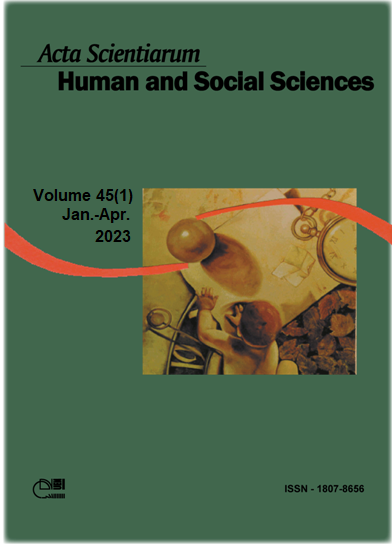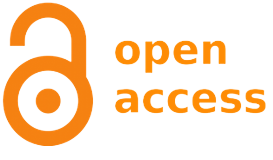Sazonal accounting to manage revenues caused by seasonal flooding in Comunidade São Francisco, Ilha da Costa da Terra Nova: impact assessment
Abstract
The skills and adaptabilities of riverside (peasants) from the community of São Francisco on the coast of Terra Nova Island – Careiro da Várzea-Amazonas, in the face of seasonal events related to ebb/drought and flood/flood in the community, when they have to remain in loco, protecting his properties and extracting his livelihood and income from the river and forest. Our study observes the adaptation of riverside dwellers that allows them to stay during seasonal events, building their homes in the highest part of the community's soil, with a height of 1.30 m, far from the river bank where the force of nature is greatest. present, and this is how they form their families, coexist with the forest and the river. It appears that they have learned to live with the limitations and challenges that require them to adapt in their way of life, when they look for the means of subsistence in the river and the forest. It sought to typify income maintenance (revenue). Through the interview form approach. We inferred that the practices of using natural resources are based on family labor, which is responsible for managing production systems, in order to generate income and manage expenses during the flood period. They are able to self-sustain by remaining in the community during seasonal events, adapting their activities according to the conditions of the period. It is concluded that during the flood period there was a positive result of 32.50% in gross revenue compared to other times of the year, which represents a good result for the activities carried out in family productions, which, combined with the benefits received from the State, allows better living conditions for the community.
Downloads
DECLARATION OF ORIGINALITY AND COPYRIGHTS
I Declare that current article is original and has not been submitted for publication, in part or in whole, to any other national or international journal.
The copyrights belong exclusively to the authors. Published content is licensed under Creative Commons Attribution 4.0 (CC BY 4.0) guidelines, which allows sharing (copy and distribution of the material in any medium or format) and adaptation (remix, transform, and build upon the material) for any purpose, even commercially, under the terms of attribution.
Read this link for further information on how to use CC BY 4.0 properly.























